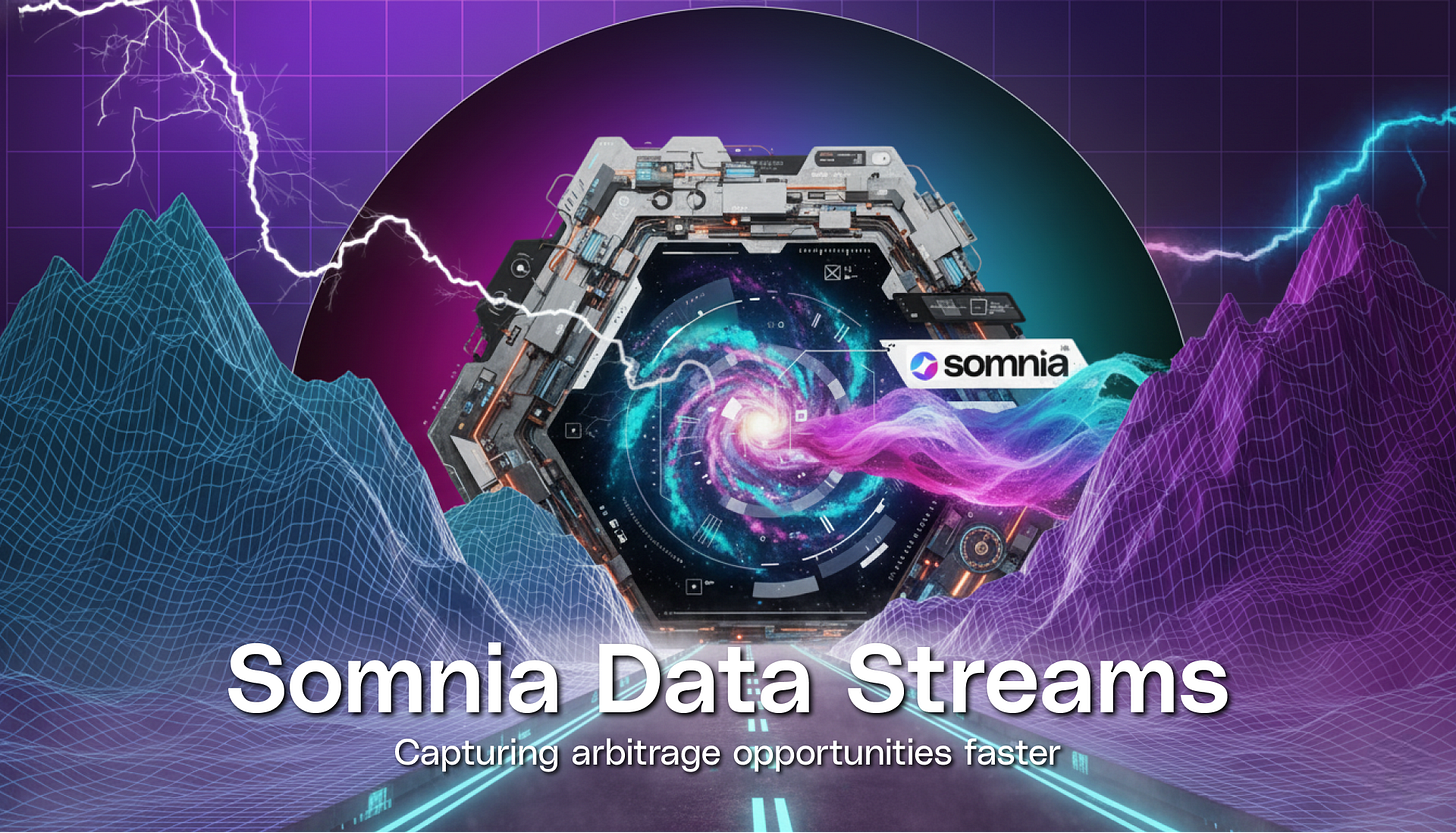Could Arbitrage Bots Built with Data Streams Give Traders an Advantage?
Somnia Data Streams allows information to move onchain much easier, with fewer steps. Applications can subscribe to data feeds and receive updates the moment state changes, eliminating the lag that comes from polling or waiting for indexers. This breakthrough will open up new pathways for developers, but it’s more than just a backend improvement. This could have major implications for trading, and potentially be a big opportunity for traders on Somnia. In markets where everyone has access to the same information, speed often determines who captures value first.
Somnia Flash Boys
Michael Lewis’s book Flash Boys tells the true story of how high-frequency traders gained massive advantages by shaving microseconds off trade execution times. Some firms paid for direct data feeds from exchanges and famously placed servers physically closer to exchanges. If they were next door to the exchange, they would get the information a split second sooner than firms on the other side of town. These efforts created very small advantages that resulted in very large profits because they were able to respond to the market much faster than their competition.
Blockchain markets operate under similar dynamics. When arbitrage opportunities appear, the first bot to detect and execute the trade captures the profit. When a liquidation threshold is breached, the fastest responder collects the reward. When a prediction market updates odds based on new information, early movers position themselves before the crowd reacts.
Right now, many high-frequency blockchain traders rely on trading apps and bots that check for updates repeatedly or wait for third-party services to process new data. There’s inherent lag in this model. Somnia Data Streams removes that lag. Applications subscribed to the right data feeds receive updates instantly, so trading bots built on Somnia with Data Streams can see price changes the moment they happen.
Applications and bots that carry out trades automatically according to certain parameters are common, but they are not directly subscribed to the data, so there are multiple processes that need to be carried out to execute the trade, which slows down settlement time.
In theory, this could create a structural advantage for anyone building on Somnia, and potentially even give an edge to sophisticated traders with bots. Faster information means faster decisions and faster decisions mean capturing opportunities others miss. Somnia Data Streams creates the same kind of structural speed advantage that the infamous Flash Boys exploited on Wall Street.
Consider a typical arbitrage scenario. Token X trades at $100 on one DEX and $102 on another. This is an information gap as much as it is a price gap. An arbitrage bot monitoring both pools can buy on the cheaper exchange and sell on the expensive one, pocketing the difference, but this only works if the bot sees the opportunity before someone else takes advantage of it. In active markets, these discrepancies disappear in seconds as arbitrage traders pile in, which is why the price gap is so heavily correlated with the information gap.
Rethink What’s Possible
Data Streams is something that will change how blockchain applications are developed, making entirely new use cases possible. The impacts could be larger than we are even able to predict. Access to more efficient arbitrage bots is just one potential way that Data Streams can give traders on Somnia an advantage. There are likely many other breakthroughs that developers will dream up when they get their hands on Data Streams.
If you have an idea for a reactive arbitrage bot or any other application that responds to onchain events, consider joining the Mini-Hackathon and win some SOMI for your idea!

